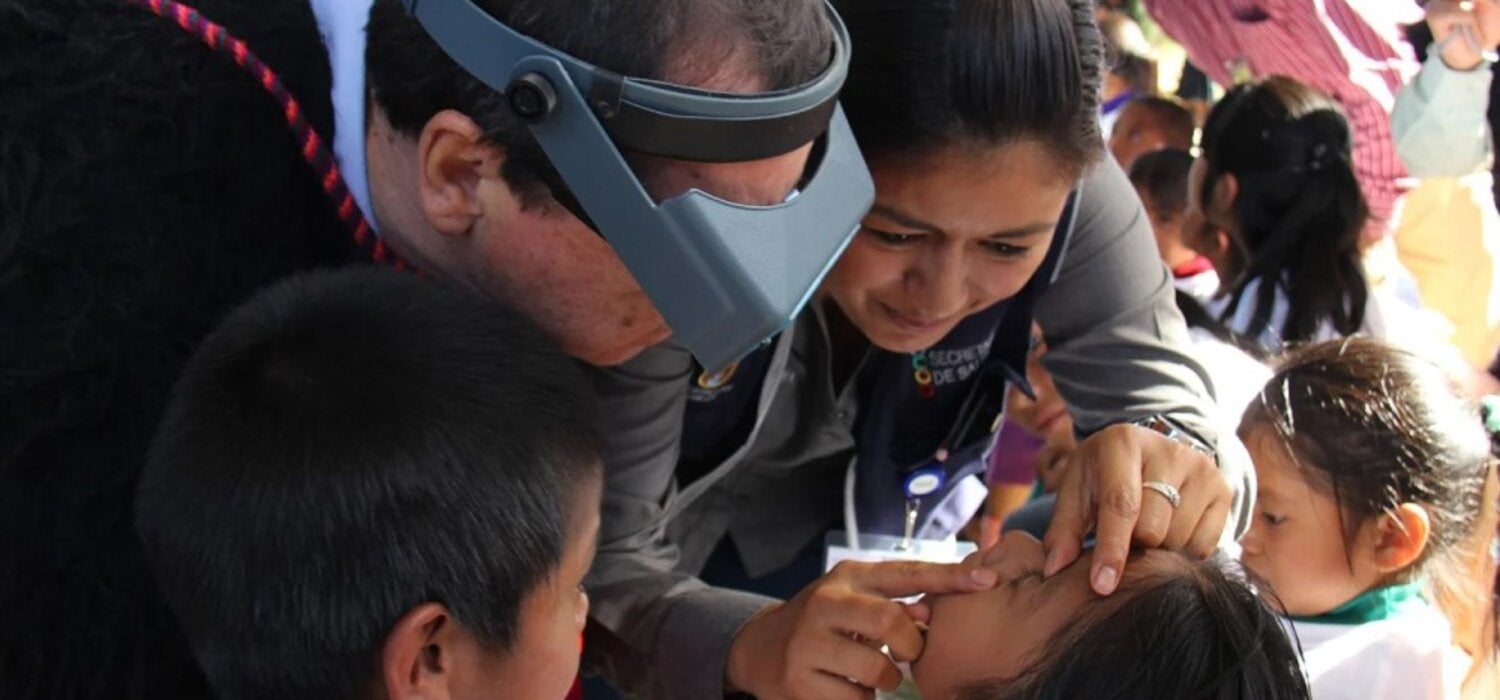The initiative is a partnership between the Government of Canada and the Pan American Health Organization (PAHO), to support the efforts of 10 countries in the Region to eliminate trachoma as a public health problem, over the next 5 years. The initiative is aligned with PAHO’s initiative for the elimination of communicable diseases and related conditions.
Trachoma is the leading cause of infectious blindness worldwide and is transmitted by direct contact with ocular and nasal secretions from people infected with the bacterium Chlamydia trachomatis. The disease affects vulnerable populations, and disproportionately women and children.
The trachoma elimination initiative intends to increase access to and the demand of the SAFE interventions with gender and intercultural approaches. SAFE is the World Health Organization recommended strategy to eliminate trachoma as a public health problem including Surgery to avoid visual impairment, Antibiotics to reduce infection due to the bacterium Chlamydia trachomatis, Facial cleanliness to prevent infection, and Environmental improvement to reduce transmission.
Ten countries are part of the initiative: trachoma endemic countries Brazil, Colombia, Guatemala, and Peru. Also, Bolivia, Ecuador, El Salvador, Haiti, and Venezuela, where socioeconomic, demographic, environmental, and epidemiological conditions suggest trachoma may be a public health problem and require surveillance activities in prioritized communities.
Additionally, the initiative will support surveillance actions, and reinforce capacities to prevent and detect disease re-emergence in Mexico, the first country in the Region to eliminate trachoma as a public health problem in 2017.
Elimination of trachoma is an opportunity to increase access to and demand for integrated health services for vulnerable populations living in trachoma endemic or suspected endemic areas with insufficient access to health services, water, and basic sanitation, especially women, children, hard-to-reach populations, and Indigenous Populations.

